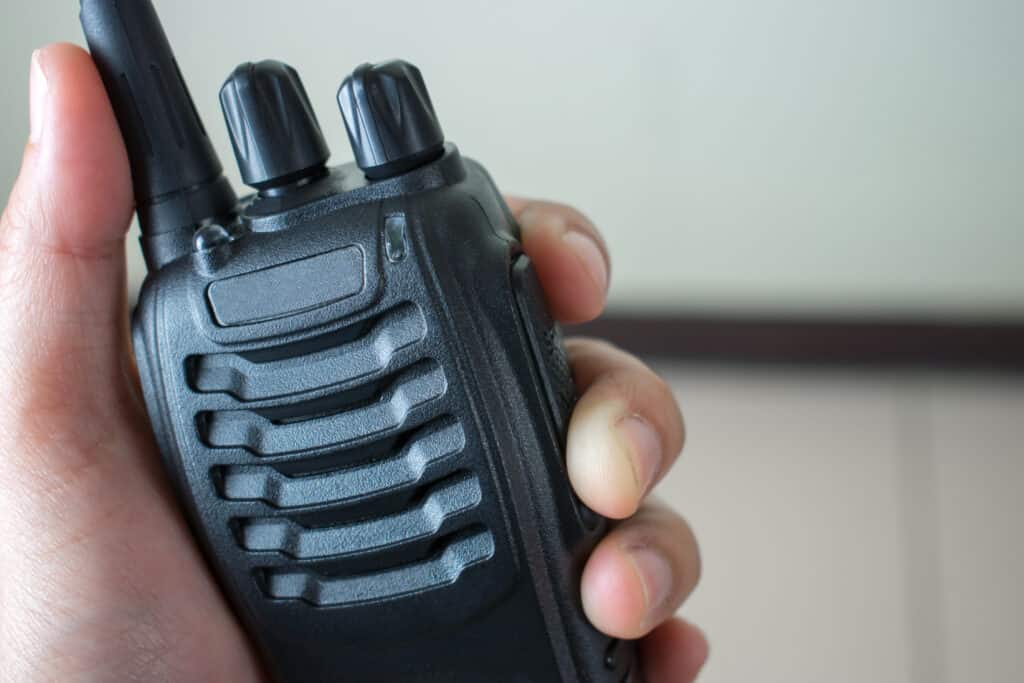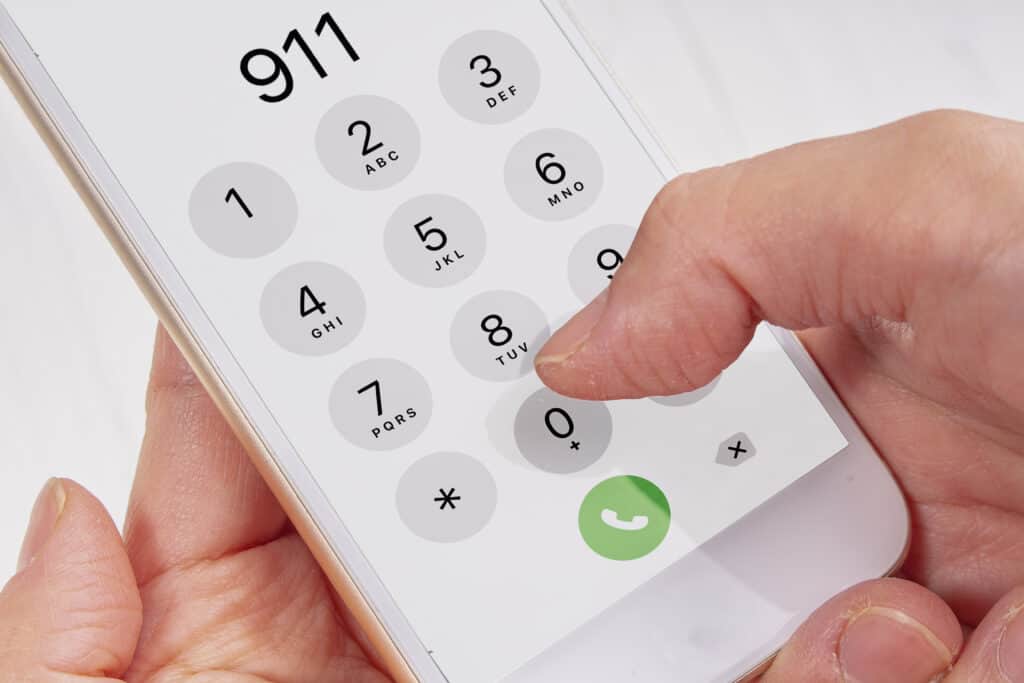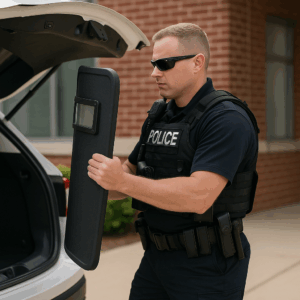Effective communication is essential to ensure the safety of students and staff in schools.
In recent years, there have been several incidents of violence in schools, which have highlighted the importance of having robust communication methods in place.
Schools need to have clear and concise communication systems to inform students, parents, and staff about potential threats and emergencies.
Schools should have a comprehensive safety plan that includes communication strategies.
The plan should outline different scenarios and the best way to communicate during each one.
For example, during a lockdown, schools may use an intercom system to inform everyone in the building about the situation.
In contrast, during a fire, schools may use a public address system to evacuate the building.
Intercom systems and public address (PA) systems are similar but have subtle distinctions. Intercom systems allow two-way communication between two or more locations, while PA systems are designed to broadcast messages or announcements to large areas. In schools, intercom systems are typically used for classroom-to-office communication, whereas PA systems are used for school-wide announcements and emergency alerts.
Schools should also have a plan for communicating with parents and the wider community in case of an emergency.
Effective communication is not just about having a plan in place; it also involves regular training and drills to ensure that everyone knows what to do during an emergency.
Staff, students, and parents should be aware of the communication methods that the school uses in case of an emergency.
The school should also have a system in place to test the communication methods regularly.
By doing so, schools can identify any weaknesses in the system and make improvements to ensure that everyone is safe in case of an emergency.
Preventive Communication Methods
Effective communication is a vital component in maintaining school safety.
Preventive communication methods are used to establish a secure and informed campus environment.
These methods include emergency response plans, crisis communication protocols, and school safety drills.
Emergency Response Plans
Emergency response plans are essential in preventing and managing crises.
These plans should be developed in collaboration with local law enforcement, emergency responders, and other experts.
The plans should outline procedures for responding to different emergency scenarios such as natural disasters, fires, and active shooter situations.
The emergency response plan should include the following information:
- Contact information for emergency responders
- Evacuation routes and procedures
- Protocols for lockdowns and shelter-in-place
- Procedures for communicating with students, parents, and staff during emergencies
Crisis Communication Protocols
Crisis communication protocols are designed to ensure that accurate and timely information is communicated to all stakeholders during an emergency.
The protocols should include procedures for communicating with parents, students, and staff.
The following information should be included in the crisis communication protocols:
- Who is responsible for communicating with parents, students, and staff
- The methods of communication that will be used, such as email, text messaging, or phone calls
- The frequency of communication during the crisis
- How to handle rumors and misinformation
School Safety Drills
School safety drills are an essential component of preventive communication methods.
These drills allow students and staff to practice emergency procedures and ensure that everyone knows what to do during an emergency.
The following drills should be conducted regularly:
- Fire drills
- Lockdown drills
- Shelter-in-place drills
- Evacuation drills
During these drills, students and staff should practice the procedures outlined in the emergency response plan.
After the drills, feedback should be collected from participants to identify areas for improvement.
In conclusion, preventive communication methods are crucial in maintaining school safety.
Emergency response plans, crisis communication protocols, and school safety drills are effective methods for preventing and managing crises.
By implementing these methods, schools can create a secure and informed campus environment.
Active Communication Methods
When it comes to school safety, active communication methods are crucial.
These methods allow school staff to quickly and efficiently communicate with each other during an emergency.
Let’s discuss some of the most effective active communication methods for school safety.
Emergency Notifications
Emergency notifications are a vital part of any school safety plan.
These notifications can be sent out through various channels, such as email, text message, or phone call, to alert staff and students of an emergency.
Schools can use automated systems to send out these notifications quickly and efficiently.
Two-Way Radios and Walkie-Talkies

Two-way radios and walkie-talkies can be excellent tools for school safety communication.
They allow staff members to communicate with each other in real time, even if they are in different parts of the school.
These devices are especially useful during an emergency when time is of the essence.
Intercom Systems
Intercom systems are another effective communication method for school safety.
These systems allow staff members to quickly communicate with each other and make announcements throughout the school.
They are especially useful during an emergency when it is important to get information out quickly.
Cell Phones
Cell phones are ubiquitous in today’s society, and they can be an effective communication tool for school safety.
Staff members can use cell phones to communicate with each other during an emergency.
Additionally, schools can use automated systems to send out emergency notifications via text message.
In conclusion, active communication methods are crucial for school safety.
Emergency notifications, two-way radios and walkie-talkies, intercom systems, and cell phones are all effective tools for communicating during an emergency.
Schools should have a comprehensive communication plan in place to ensure that staff members can quickly and efficiently communicate with each other during a crisis.
Technology-Based Communication Methods
In today’s digital age, technology-based communication methods have become an essential part of school safety strategies.
These methods allow schools to quickly and efficiently communicate with students, staff, and parents during emergencies and other critical situations.
Here are some of the most commonly used technology-based communication methods for school safety.
Mass Notification Systems
Mass notification systems are designed to quickly send messages to a large number of people through various channels, such as email, text messages, social media, and phone calls.
These systems can be integrated with other technologies, such as security cameras and access control systems, to provide a comprehensive safety solution.
There are a number of mass notification systems that allow schools to send emergency alerts to students and staff via text message, email, and social media.
These systems can also be used to send non-emergency notifications, such as school closures and event reminders.
Mobile Applications
Mobile applications can be used to provide students, staff, and parents with real-time information about school safety.
These applications can include features such as emergency alerts, school maps, and anonymous reporting tools.
Some of these allow students and staff to report safety concerns anonymously. They may also provide access to school safety plans and emergency procedures.
Text Messaging Services
Text messaging services can be used to quickly and efficiently communicate with students, staff, and parents during emergencies and other critical situations.
These services can be integrated with other technologies, such as mass notification systems, to provide a comprehensive safety solution.
Some of these text messaging services allow schools to send text message alerts to parents and staff during emergencies and other critical situations.
The services can also be used to send non-emergency notifications, such as school closures and event reminders.
Overall, technology-based communication methods have become an essential part of school safety strategies.
These methods allow schools to quickly and efficiently communicate with students, staff, and parents during emergencies and other critical situations, helping to ensure the safety and well-being of everyone in the school community.
Collaborative Communication Methods

Collaborative communication between stakeholders is essential for creating a safe and secure learning environment.
By working together, parents, teachers, students, and community partners can develop effective strategies to prevent and respond to safety threats.
Parent-Teacher Communication
Effective communication between parents and teachers is crucial for ensuring student safety.
Regular communication can help identify potential safety concerns and allow for timely intervention.
Teachers can use various communication methods to keep parents informed, including:
- Parent-teacher conferences
- Email updates
- Phone calls
- Classroom newsletters
- Parent-teacher organizations
By establishing regular communication channels, teachers can build trust with parents and create a collaborative approach to school safety.
Student-Led Safety Committees
Student-led safety committees can empower students to take an active role in creating a safe and secure learning environment.
These committees can be formed at the school or district level and can include representatives from various student groups.
Student-led safety committees can:
- Identify potential safety concerns
- Develop safety plans and protocols
- Promote safety education and awareness
- Encourage peer reporting of safety concerns
By involving students in the safety planning process, schools can create a culture of safety and empower students to take ownership of their own safety.
Community Partnerships
Collaboration with community partners can enhance school safety efforts.
Community partners can include law enforcement agencies, mental health providers, emergency responders, and other experts.
Schools can partner with community organizations to:
- Develop safety plans and protocols
- Provide safety education and training
- Conduct safety drills and exercises
- Share resources and expertise
By working with community partners, schools can develop a comprehensive approach to school safety that addresses the needs of the entire community.
In conclusion, collaborative communication methods are essential for creating a safe and secure learning environment.
By working together, parents, teachers, students, and community partners can develop effective strategies to prevent and respond to safety threats.
Frequently Asked Questions
What are some ways to communicate safety procedures to students?
Schools can communicate safety procedures to students through a variety of methods. One effective method is to hold regular safety drills, such as fire drills, lockdown drills, and tornado drills, to ensure students are familiar with the procedures. Schools can also use posters, flyers, and announcements to communicate important safety information to students.
How can parents be informed of school safety measures?
Parents can be informed of school safety measures through regular communication from the school. This can include newsletters, emails, and social media updates. Schools can also hold parent-teacher conferences and safety meetings to discuss safety measures and address any concerns parents may have.
What role do teachers play in school safety communication?
Teachers play a crucial role in school safety communication. They are responsible for ensuring that students understand safety procedures and for communicating any safety concerns to school administrators. Teachers can also help to create a culture of safety in the classroom, by modeling safe behavior and reinforcing safety procedures with their students.
What are some effective communication methods for emergency situations?
During an emergency situation, it is important to communicate quickly and effectively. Schools can use a variety of methods to communicate emergency information to students, parents, and staff, including text messaging, phone calls, and social media updates. Schools can also use emergency notification systems, such as sirens or PA systems, to alert people of an emergency.
How can technology be used to improve school safety communication?
Technology can be used to improve school safety communication in a number of ways. Schools can use mobile apps to send push notifications to students and parents, providing real-time updates on safety procedures and emergency situations. Schools can also use social media to communicate with parents and students, and to share safety information with the wider community.
What resources are available for schools to improve communication about safety protocols?
There are a number of resources available to schools to improve communication about safety protocols. The National PTA has developed a set of resources for parents and PTAs to help them become effective school safety stakeholders. The US Department of Education also provides resources for schools on effective communication for students with disabilities. Additionally, schools can work with local law enforcement and emergency management agencies to develop and implement effective safety protocols.
Conclusion
In conclusion, effective communication is a critical component of school safety strategies.
School district leaders must prioritize the creation of secure and informed campus environments by implementing a campus-wide communication ecosystem.
This ecosystem should allow for the initiation of controlled emergency notification protocols to alert, notify, and monitor directly from a mobile device, classroom audio system, or interactive flat panel.
School safety committees within the district and building-level parent organizations should be created to assess the effectiveness of school safety technologies.
Developing a crisis communications plan in addition to traditional emergency plans can help schools respond effectively to emergencies.
Parent awareness training on school and youth safety topics can also be helpful.
Encouraging student-led activities to promote school safety and using student school newspapers to promote safety can help create a culture of safety in schools.
Overall, effective communication methods can help prevent and respond to school safety incidents.
School districts should prioritize communication strategies and continually assess their effectiveness to ensure the safety of students, faculty, and staff.






